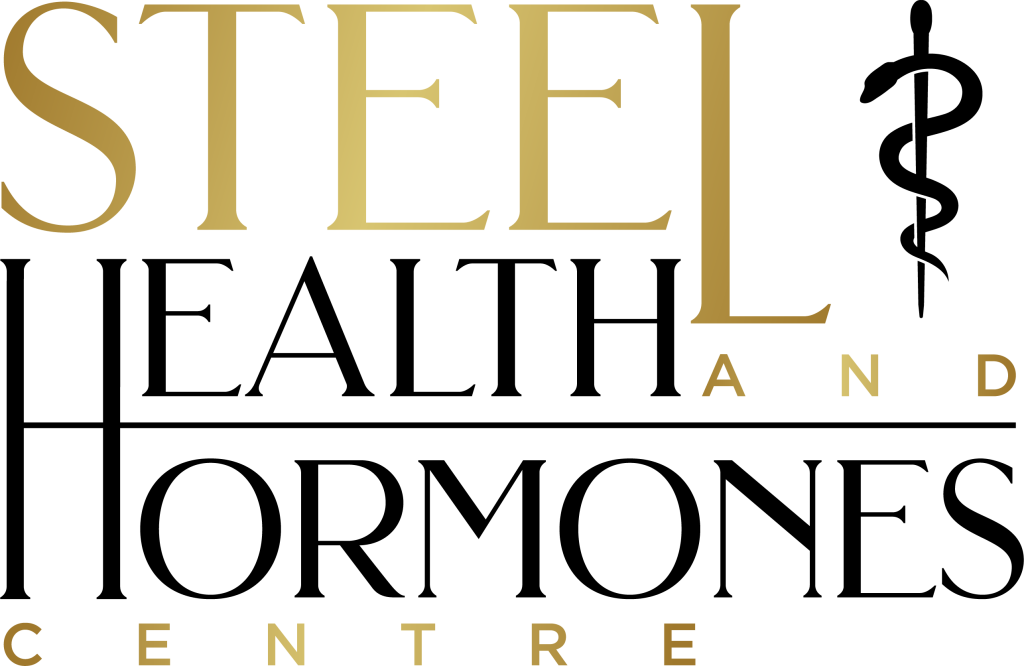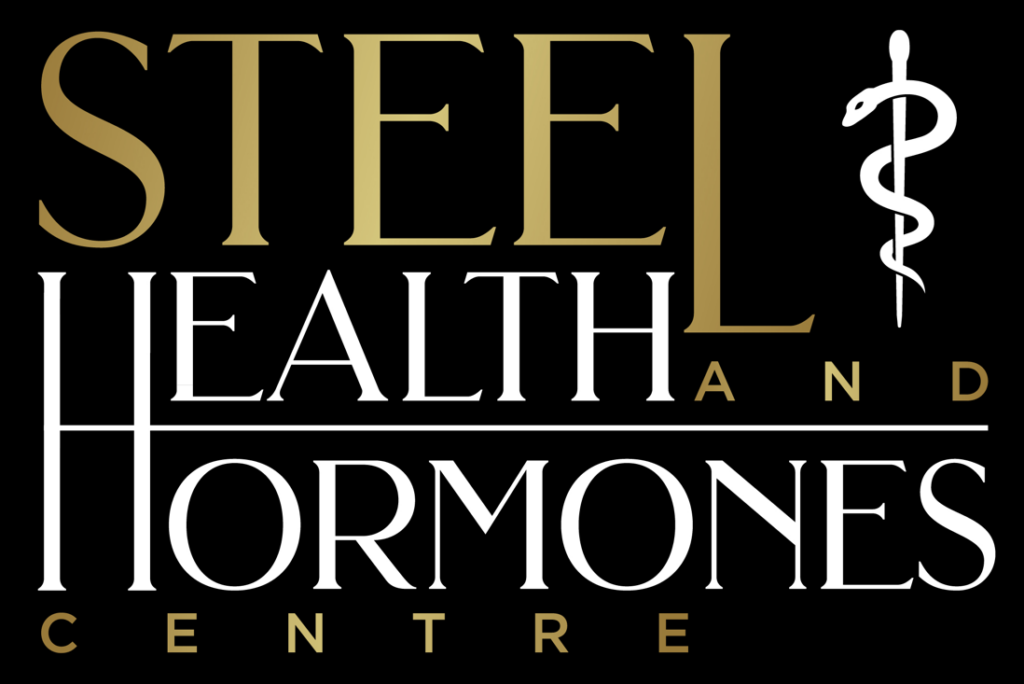Steel Health and Hormones Centre is a hormone replacement therapy and medical weight loss clinic located in Delmont and Wexford, Pennsylvania. At Steel Health and Hormones Centre we offer female HRT. As a result, I’m obligated to dispel several misconceptions surrounding female hormone replacement therapy.
Firstly, I want to clarify that I’m not a medical doctor; however, I hold formal and advanced education in mathematics and economics. I possess a deep understanding of research papers and feel comfortable dissecting the Women’s Health Initiative Study in a manner that may offer a unique perspective.
The Women’s Health Initiative stands as the most extensive study conducted on hormone replacement therapy in women up to its time. Subsequently, conducting research of this scale has become challenging due to perceived risks associated with such interventions. Let’s delve into the study design outlined in the literature:
“27,347 postmenopausal women, aged 50–79 years, were enrolled across 40 US centers. The interventions involved conjugated equine estrogens (CEE, 0.625 mg/day) paired with medroxyprogesterone acetate (MPA, 2.5 mg/day) for women with an intact uterus (N = 16,608), and CEE alone for women who underwent hysterectomy (N= 10,739), or their respective placebos. The intervention continued for 5.6 and 7.2 years (median), respectively, with cumulative follow-up spanning 13 years through September 30, 2010.”
The study divided women based on uterine status, distinguishing those who had undergone a full hysterectomy from those with an intact uterus. Further divisions were made into various treatment and placebo groups. Women with an intact uterus were randomly assigned oral Conjugated Equine Estrogen and Medroxyprogesterone Acetate (Prempro) or a placebo. Women without a uterus were randomly given oral Conjugated Equine Estrogen (Premarin) or a placebo.
The study design is notably robust with a substantial participant count (27,347) and inclusion of a placebo control group. Now, let’s examine the health outcomes under scrutiny:
The study explored a wide array of health outcomes including coronary heart disease, invasive breast cancer, stroke, pulmonary embolism, colorectal cancer, endometrial cancer (where applicable), hip fractures, and all-cause mortality. To mitigate spurious correlations, the researchers employed the Cox proportional hazards model. In simpler terms, statistical tools were utilized to ensure that the outcomes reflected the medical intervention rather than other underlying factors such as previous diseases or age.
Thus far, the study appears comprehensive. The researchers concluded that the Prempro group exhibited increased risks of invasive breast cancer, stroke, pulmonary embolism, colorectal cancer, endometrial cancer, dementia (in women >65 years), gallbladder disease, and urinary incontinence. Conversely, benefits included decreased hip fractures, diabetes, and vasomotor symptoms.
The findings for the Prempro group aren’t favorable. Moreover, the Premarin group showed an increase in coronary heart disease, stroke, and venous thrombosis but demonstrated decreases in diabetes, hip fractures, and, upon follow-up, a reduction in breast cancer.
Additionally, the researchers observed a non-statistically significant trend among younger women to experience fewer adverse outcomes compared to older groups.
The researchers concluded that the benefits and costs of hormone therapy present a mixed picture. The study doesn’t strongly support the idea that hormone therapy decreases overall incident reports, and the gains in quality of life are varied.
While I appreciate the study’s methodology, its relevance is questionable.
Firstly, let’s consider the participants. Though their numbers were substantial, they didn’t represent the average menopausal or perimenopausal woman seeking hormone replacement therapy (HRT). The average WHI subject was approximately 63 years old, whereas menopause typically occurs in one’s early 50s. While the researchers accounted for age-related health outcomes, the intervention’s timing doesn’t align with typical industry practices.
Moreover, over half of the women in the study didn’t exhibit current menopausal symptoms, given their average age, significantly beyond the menopause or perimenopause age bracket. To their credit, the researchers showcased variations in hazard ratios across different age groups. As expected, younger women tended to tolerate the intervention better. Notably, instances within the study highlighted decreases in certain health risks among women aged 50-59, more representative of those seeking HRT.
Furthermore, many participants were overweight, smokers, or had pre-existing health conditions.
It’s crucial to note that while the researchers controlled for external variables impacting health outcomes during the study, the participant pool doesn’t accurately reflect menopausal/ perimenopausal women seeking symptom relief.
Moreover, it’s essential to highlight that the medications used in the study do not mirror the bioidentical hormone replacement therapy practiced at Steel Health and Hormones Centre and reputable HRT clinics nationwide. Prempro or Premarin are seldom used. Conjugated Equine Estrogen (CEE) primarily consists of estrone and equilin. During menopause, the body significantly reduces estradiol production, which a good HRT clinic typically replaces. While using CEE was reasonable during the study, it’s challenging to draw conclusions about estradiol therapy based on conclusions derived from CEE therapy. Recent research indicates that oral estradiol carries significantly lower clot risks than oral CEE. The same principle holds for medroxyprogesterone acetate and micronized progesterone.
Finally, the method of administration is a significant factor. I’ve conversed with several clinics that have entirely transitioned from oral estradiol to compounded cream exclusively. They argue that while oral estradiol is safer than CEE, transdermal administration is safer than oral administration. This remains inconclusive but remains an intriguing observation.
This field is continually evolving, and at Steel Health and Hormones Centre, we’re committed to staying abreast of the latest research to ensure the best possible care for our patients. If you’re interested in becoming a patient, kindly fill out the contact form at the bottom of our page, and we’ll reach out to you within 24 hours.



